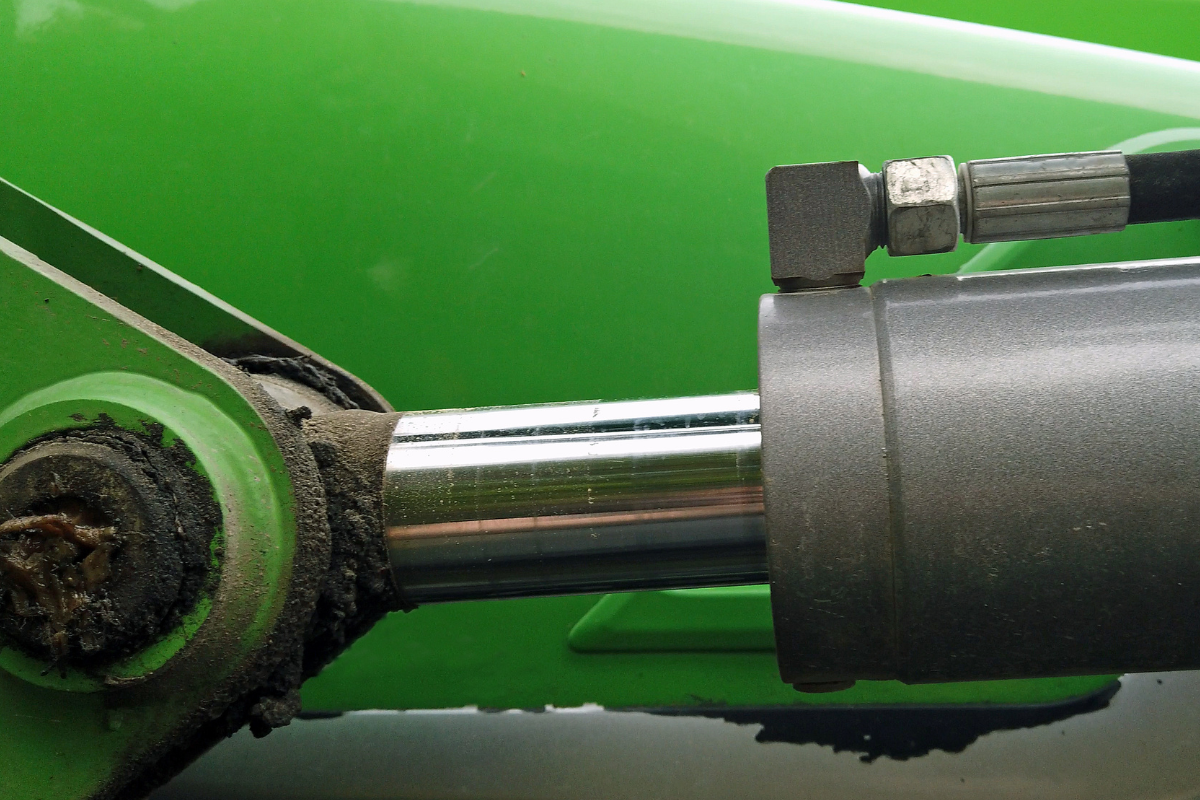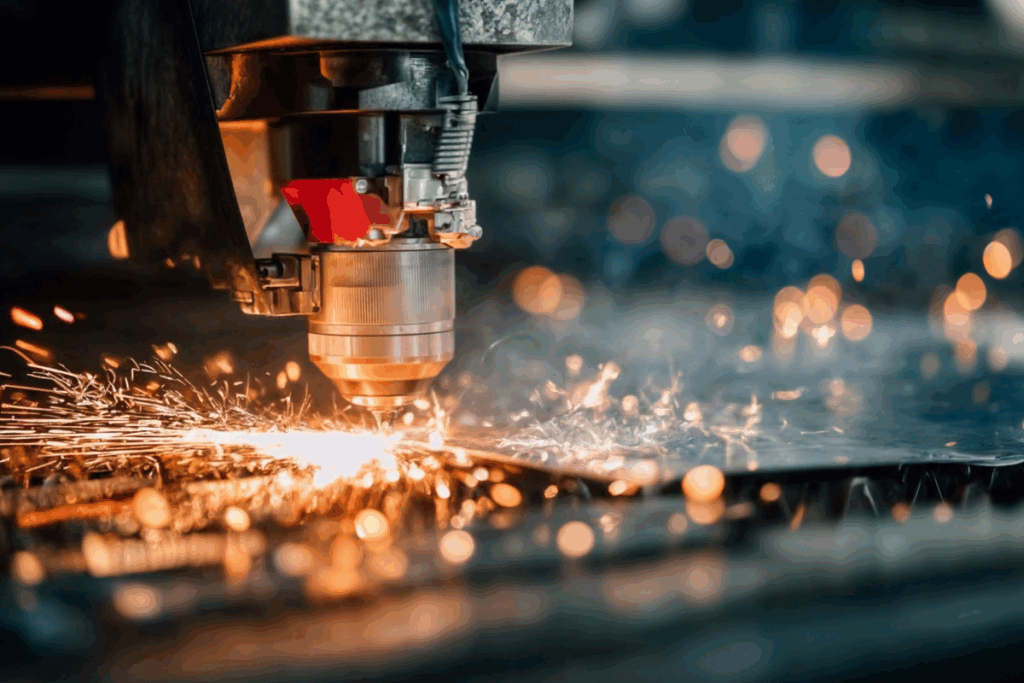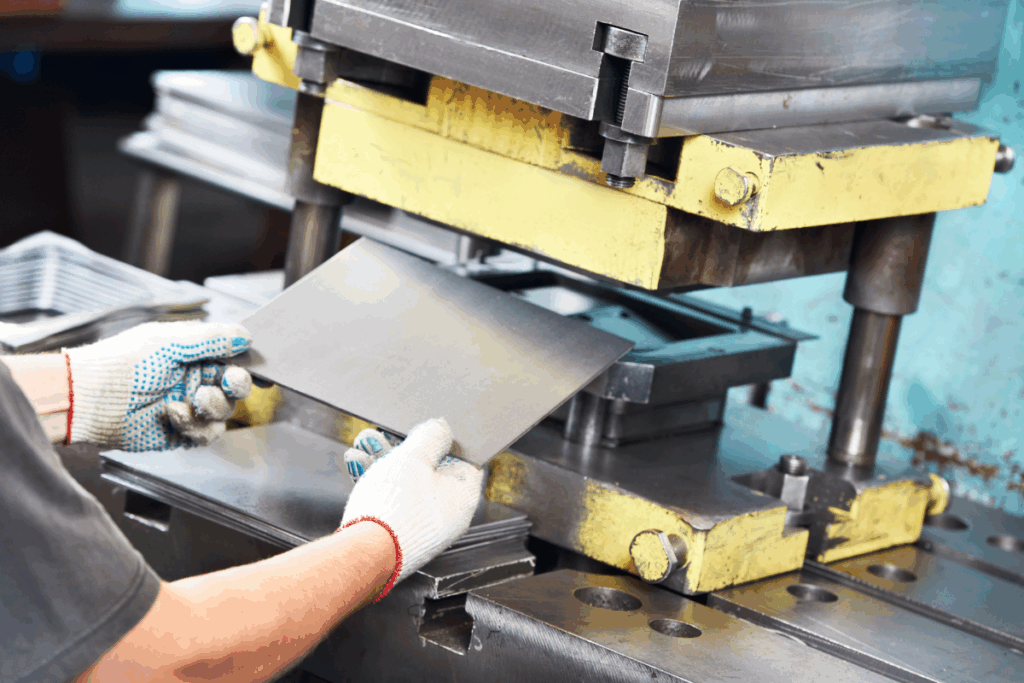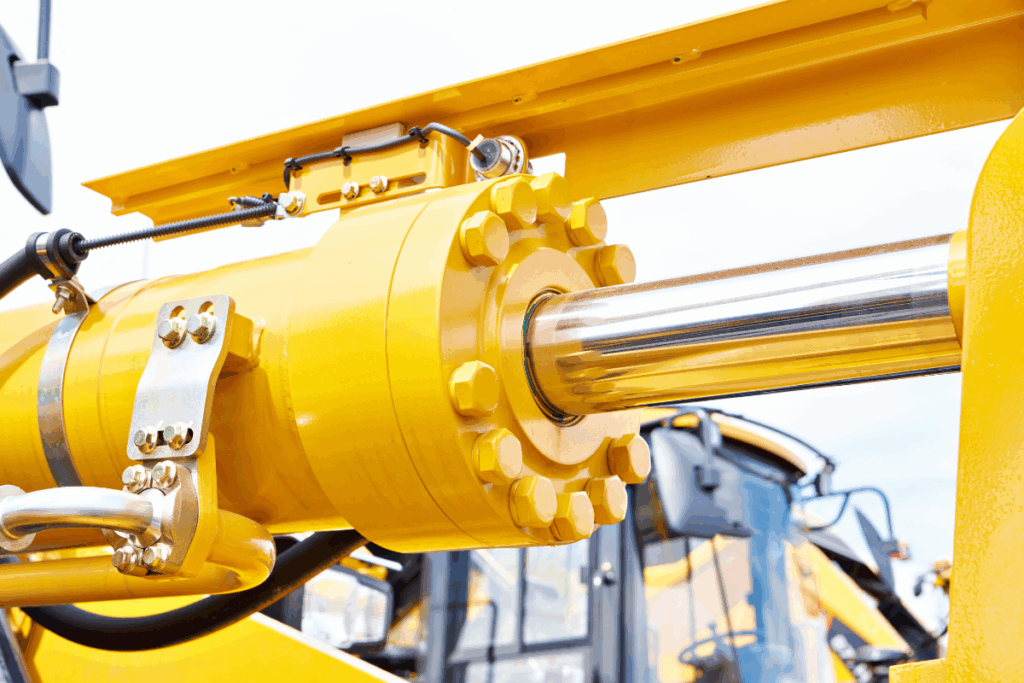Modern manufacturers expect nothing less than the highest-quality parts and components from their precision machine suppliers. With the tech-based metalworking capabilities available today, there’s simply no reason to expect anything less.
At AC Fabrication & Assembly Solutions, one of the world’s most trusted off-road construction and agriculture equipment manufacturing companies, we use advanced techniques throughout the manufacturing process, including finishing, during which skiving and roller burnishing come to the fore.
Skiving and roller burnishing are high-speed processes widely used to finish hydraulic cylinder tubes in mass-production environments. They can enhance surface finish, improve dimensional accuracy, and increase productivity up to 70 percent faster than traditional methods while providing superior results.
Although both processes generally achieve the same ends, their applications in metalworking are somewhat different. This article will help you fully understand these differences so you can make an informed choice for your next project.
What Is Skiving’s Role In Metal Component Finishing?
Skiving involves using a multi-blade tool to remove a thin layer of material from a rotating metal cylindrical workpiece on a CNC lathe. The blades are arranged in a helical pattern, ensuring a continuous cutting action traversing the workpiece and leaving behind a smooth and uniform inner surface.
The machine operator can make adjustments to the skiving tool’s parameters and geometry to achieve tight tolerances and enhance the consistency of the part’s dimensions. They can also apply coolant or other cutting fluids to lubricate the cutting tool, dissipate heat, and flush away chips and debris left behind during the machining process. In some cases, a final pass with the tool may be necessary to further refine the inner surface of the part.
After the process is complete, the surface will have a fine finish with precise dimensions, perfect for many applications, including off-road parts and equipment where longevity, durability, precise dimensions, and efficient operation are a must.
For example, parts such as hydraulic cylinder tubes, piston rods, shafts, rods, rotary seals, bearings, and many transmission components must undergo the skiving process to ensure long-lasting, reliable performance in off-road vehicle applications.
An Overview Of Roller Burnishing In Metalworking
Roller burnishing is a non-cutting finishing process that enhances cylindrical workpieces’ surface finish and dimensional accuracy through an innovative compression process that reduces roughness and increases wear resistance.
The compression tool uses hardened rollers to press against the metal workpiece as it rotates, smoothing out surface irregularities by redistributing material at a microscopic level. Any surface irregularities and minuscule voids on the surface are thereby eliminated, leaving behind a mirror-like finish while achieving tighter dimensional tolerances. The compression process also results in a denser surface layer, enhanced fatigue resistance, and superior mechanical properties.
As with skiving, coolants or lubricants can be applied to minimize friction and heat and promote better surface quality. However, the roller burnishing process can also be executed dry, depending on the part’s specific requirements and properties.
Roller burnishing can be used to precision-machine many parts and components for off-road applications, including hydraulic cylinder tubes, piston rods, shafts, spindles, gears, engine crankshafts and camshafts, valve stems, drive shafts, transmission components, and more.
Skiving vs. Roller Burnishing: Which Process Is Best For Your Application?
While both finishing processes enhance surface quality, they serve distinct purposes and are often suited for different applications. Your choice should consider several factors, such as material type, required surface finish, and dimensional tolerances.
For example, if material needs to be removed to achieve dimensional accuracy, skiving is the better option. However, when you require your part to have a high-quality surface finish with increased hardness, you should opt for roller burnishing.
In some cases, such as with hydraulic cylinders, a combination of skiving and roller burnishing might achieve the best results, ensuring precise dimensions and a premium finish.
Additionally, material properties should also be considered. Skiving works best with high-carbon steel, while roller burnishing is the preferable approach when working with ductile metals.
Making the decision to use one or the other – or both – shouldn’t be taken lightly. That’s why when you work with the engineering team at AC Fabrication & Assembly Solutions, you’ll get seasoned recommendations on materials and processes that make the whole process easy.
When you’re ready to proceed with your next off-road equipment project, contact our team first.
Read More: How To Select The Right Materials For Your Metalworking Projects
Partner with AC Fabrication & Assembly Solutions, Agricultural Equipment Manufacturers On Your Next Metalworking Project
Our integrated project development process ensures complete collaboration with our customers, helping us deliver high-quality products that maximize profitability and growth potential.
Contact an AC Fabrication and Assembly Solutions expert at 204-952-1900 or sales@acfabandassembly.com for a custom quote on your next project today!



